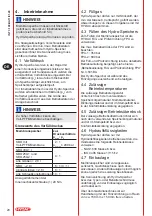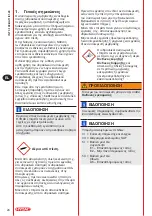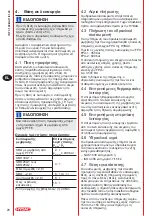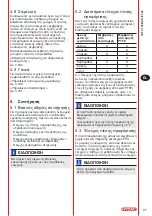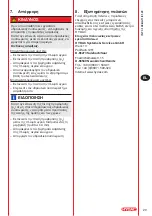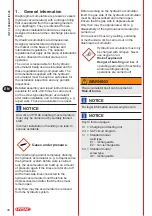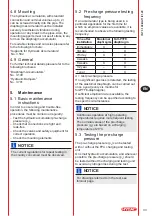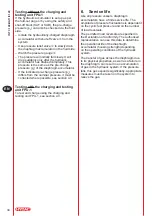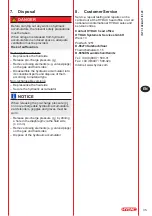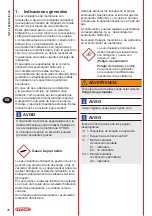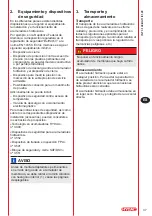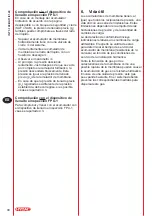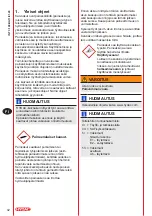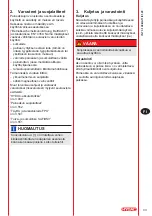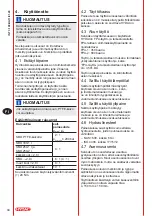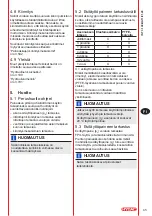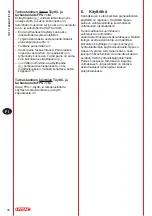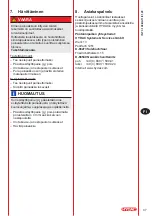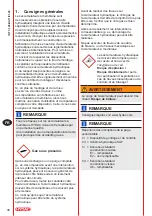
34
INT 3.100.BA1
1/01.20
EN
Testing without the charging and
testing unit FPU-1
If the hydraulic accumulator is set up as per
the fold-out page or by using the safety and
shut-off block (SAF or SAB), the pre-charge
pressure (p
0
) can also be checked via the fluid
side.
– Isolate the hydraulically-charged diaphragm
accumulator with shut-off valve
from the
system.
–
Use pressure relief valve
to slowly drain
the diaphragm accumulator on the fluid side.
– Watch the pressure gauge
.
–
The pressure will initially fall slowly. It will
drop suddenly only after the hydraulic
accumulator has drained completely. This
pressure is the same as the pre-charge
pressure (p
0
) of the diaphragm accumulator.
– If the indicated pre-charge pressure (p
0
)
differs from the nominal pressure, it must be
corrected where possible, see section 4.3.
Testing with the charging and testing
unit FPU-1
To test and charge using the charging and
testing unit FPU-1, see section 4.3.
6. Service life
Like all pressure vessels, diaphragm
accumulators have a finite service life. The
amplitude of pressure fluctuations is dependent
on the cyclic test pressure and on the number
of load reversals.
The permitted load reversals are specified in
the Declaration of Conformity. The authorised
representative can use this data to determine
the operational life of the diaphragm
accumulator (housing strength) depending
on the operating conditions of the hydraulic
system.
The transfer of gas across the diaphragm due
to its physical properties, as well as a failure in
the diaphragm, can result in an accumulation
of gas in the hydraulic system. If the pressure
falls, this gas expands significantly. Appropriate
measures must be taken on the system to
relieve the gas.
Содержание SBO Series
Страница 2: ...INT 3 100 BA11 01 20 ...
Страница 3: ...INT 3 100 BA11 01 20 ...
Страница 4: ...INT 3 100 BA11 01 20 4 I 4 II ...
Страница 5: ...5 I 5 II A6 E1 E2 ...

